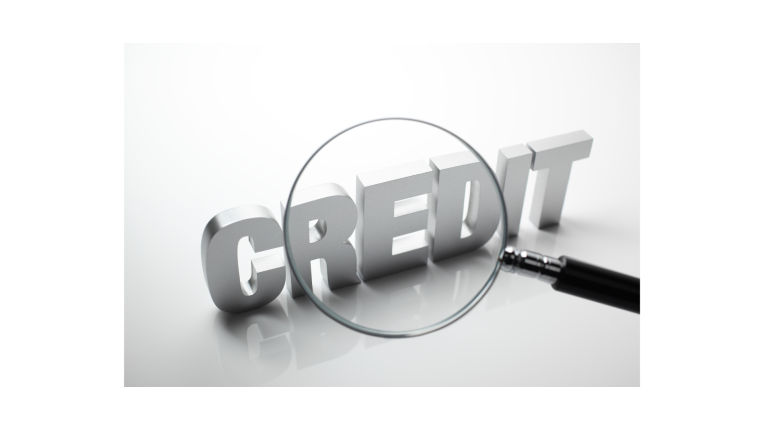If there are any errors or incorrect data on your report, you will have to remedy the situation as quickly as possible–this is also one of the basic principles of how to rebuild your credit score fast.
One of the best ways to ensure that your credit report is in good order is to call your creditor who is reporting poor financial activity directly and follow up with the relevant collection agency if need be. Failure or delay in doing so can heavily impact your ability to secure financing.
A Closer Look at Tier 1 Credit
Tier 1 can be defined as the highest level of credit, whereas tier 3 is the lowest. If you are fortunate enough to fall into the former category, you will only have to submit basic information when applying for a loan. For instance, when negotiating with a car dealership, you may only need to provide them with your name and contact information. In the case of a bank, they may require more in-depth financial records like tax returns. This will also be important for anyone facing issues such as what happens when you max out your credit card.
How Tier 1 Credit Works
Tier 1 credit is primarily based on one’s credit score. However, other financial elements like debt, income, and assets can influence your rating. Usually, customers with ideal credit land in the tier 1 category because they are deemed to have a lower risk of defaulting on a loan.
Lenders prefer to offer loans and financial products to those who fall within this category because they are a low risk. These customers are also more likely to qualify for lower rates and are provided with extended repayment periods than their counterparts in lower tiers.
Even though lenders may have varying tiers and credit score ranges assigned to potential customers, when it comes down to it, tier 1 will always represent customers with the most ideal credit scores. The cutoff can vary from one lender to the next, so you can sometimes qualify for tier 1 pricing with one agency but find yourself in tier 2 with another–this happens despite them using the same credit score.
Learn about when Navy Federal reports to credit bureaus, so you’re aware of how often credit information is updated to the credit bureaus.
Some Advantages of Tier 1 Credit
There is no denying that having tier 1 credit comes with several benefits when you are applying for a loan. Some of them include:
- It provides you with more financing options because most lenders are willing to work with you.
- You will have the opportunity to save money on interest rates when purchasing a vehicle or home.
- Your monthly payments will be more affordable because tier 1 credit places you in a better position to negotiate the terms of your borrowing agreement.
How to Secure Tier 1 Credit
Individuals with tier 1 credit tend to have low or no credit balances and have made loan payments on time for many years that prove that they can be responsible with their credit. However, having this sort of profile does not happen quickly or overnight.
In Summary
A tier 1 credit rating primarily depends on a person’s FICO credit score. This is a three-digit number that is between 300 and 850. It considers a person’s history of borrowing money and making repayments on time.
If you have never taken a loan before, have a history of not making payments, or have a significant amount of debt, you will be considered high risk. This means that you will have a lower or, in some cases, a non-existent FICO score, placing you in the less desirable tiers. If you need help with your credit, The Phenix Group are experts in credit repair.

